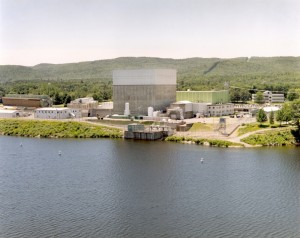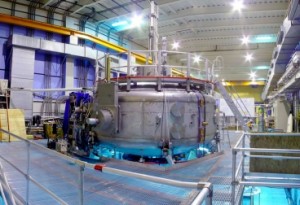There’s no question that nuclear power will be part of our energy supply mix for the foreseeable future. The United States has 104 nuclear power plants in operation at present, according to Matthew Wald on the Green Inc. blog of The New York Times, relying on NRC data. Incidents like this – in which a corporate official makes a false statement with serious health and safety implications – give us pause.
Which is worse – that the official was mistaken, and not aware that Vermont Yankee had water pipes which could leak – or that he knew and lied?
Incompetence or dishonesty, it would seem. Nuclear power can’t be a safe part of our energy future on those terms. Entergy is responsible for knowing everything there is to know about the plants it operates. A material and incorrect statement – under oath, no less – seems explainable only by three hypotheses: (1) the official lied; (2) the official failed to make himself aware of the plant, in which case the question shouldn’t have been answered; (3) the official was misinformed by subordinates.
If the first explanation is correct, perjury charges are, of course, in order. If the second or the third – Entergy hasn’t met its obligations to mind the store.
From the Associated Press via NPR: Top Vermont Yankee Official ‘Relieved Of Duties’:
A top official at the Vermont Yankee nuclear plant was permanently relieved of his duties and placed on leave, the plant owner’s CEO said Tuesday, less than a week after Gov. Jim Douglas demanded management changes over misstatements made to state officials.
Entergy Nuclear chief executive J. Wayne Leonard did not identify the official by name. But he described the executive relieved of his duties in a way that could only apply to Vice President Jay Thayer.
Douglas’ urging for management shake-up followed revelations that plant officials misled state regulators and lawmakers by saying last year the plant did not have the sort of underground pipes that could carry radioactive tritium.
“In May 2009, an Entergy executive testified in a hearing on the state’s report that he didn’t think we had any such pipes, but he would get back to them,” Leonard said. “He did not get back to them. He has issued a public apology and made clear that he failed to provide full and complete information, either on the witness stand or by failing to get back to them.






